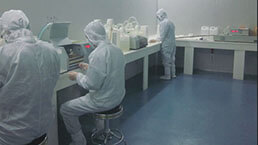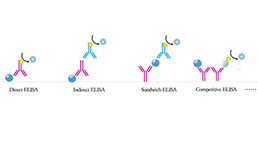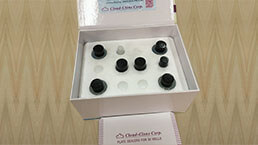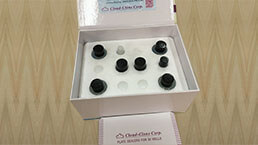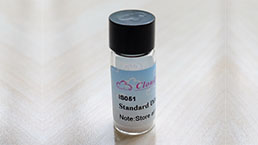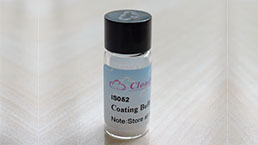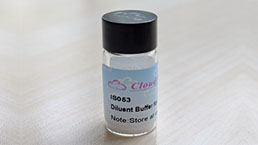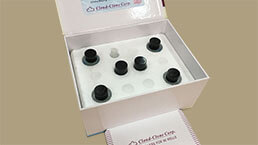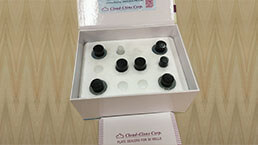ELISA Kit DIY Materials for Secretory Leukocyte Peptidase Inhibitor (SLPI)
ALK1; ALP; MPI; BLPI; HUSI; HUSI-I; WAP4; WFDC4; Antileukoproteinase; Seminal proteinase inhibitor; Mucus proteinase inhibitor; WAP four-disulfide core domain protein 4
- Product No.KSB312Mu01
- Organism SpeciesMus musculus (Mouse) Same name, Different species.
- Reagent Contents Capture Antibody, Detection Antibody, Standard, Streptavidin-HRP, TMB Substrate, 96-well Plate
- Detectable SampleSerum, plasma, tissue homogenates, cell lysates, urine, cell culture supernates and other biological fluids.
- Applicable PrincipleDouble-antibody Sandwich ELISA for Antigen Detection
- Detectable Range15.6-1,000pg/mL
- Applicable Sensitivity6.3pg/mL
- ApplicationsMain materials for "Do It (ELISA Kit) Yourself".
- Downloadn/a
- UOM 96T*596T*10 96T*20 96T*50 96T*100
- FOB
US$ 1231
US$ 2052
US$ 3694
US$ 7182
US$ 12312
For more details, please contact local distributors!
SPECIFITY
The Abs in the kit have high sensitivity and excellent specificity for detection of Secretory Leukocyte Peptidase Inhibitor (SLPI).No significant cross-reactivity or interference between Secretory Leukocyte Peptidase Inhibitor (SLPI) and analogues was observed.
USAGE
1. Coat the plates with 100μL per well of working solution of Capture Antibody.incubate overnight at 4°C or incubate at 37°C for 2 hours.
2. Aspirate and wash 1 time.
3. Block the plates with 200 μL per well of working solution of Blocking Buffer. Incubate at 37°C for 1.5 hours.
4. Aspirate and wash 1 time. The plates are now ready for sample detection, the protocol is the same as regular ELISA.
STORAGE
Antibodies, Standard and Streptavidin-HRP should be stored at -20°C. TMB should be stored at 4°C. 96-well Plate could be stored at room temperature. The contents are valid for twelve months. They are stable for one month after opening when stored at 4°C.
Support Pack
GIVEAWAYS
INCREMENT SERVICES
| Magazine | Citations |
| Human Immunology | Serum alarm antiproteases in systemic sclerosis patients pubmed:28606626 |
| The Journal of Toxicological Sciences | Editor's Highlight: Candidate Risk Factors and Mechanisms for Tolvaptan-Induced Liver Injury Are Identified Using a Collaborative Cross Approach pubmed:28115652 |






